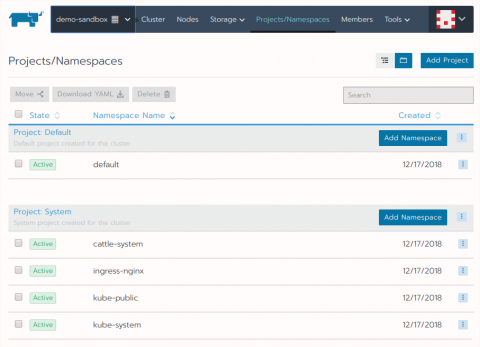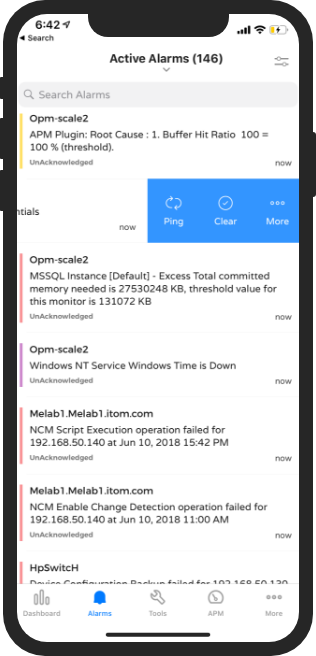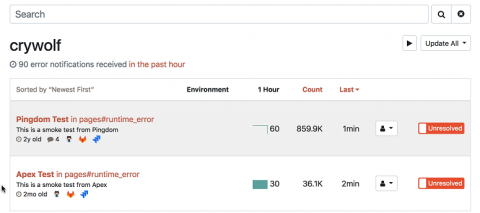Windows Management Instrumentation in remote monitoring
Pandora FMS features include decentralized monitoring, which is based on several standards and/or protocols of common and open use (SNMP v1 and v2 -v3 from version 7.0 NG 727-, ICMP and WMI). In this article we will talk about the latter, starting from the simplest and with references to each of the articles published here in your blog.











